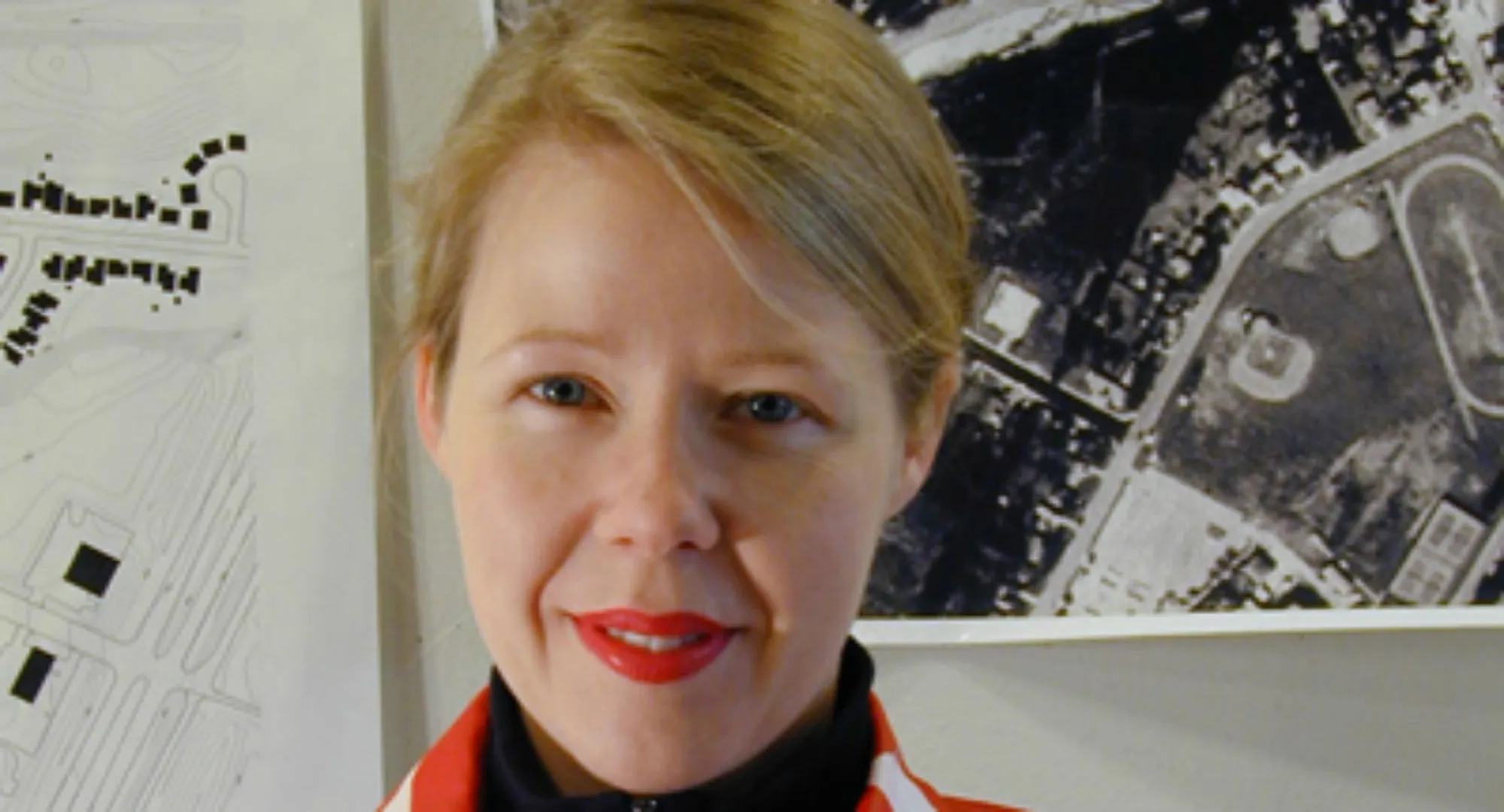
Associate Professor of Design Kate Catterall is a designer, design researcher, and educator who studied at the Glasgow School of Art in Scotland. She was initially trained in the materials and methods of the Industrial Age, and she started her career as a silversmith, product and furniture designer, designing one-off products and environments for the luxury market in the United Kingdom.
Catterall has lived in the United States since 1993, undertaking a broad range of projects through which she explored the history, form, and cultural relevance of design in her new country. Her research currently focuses on the ethical dilemmas faced by designers (and society) as the far-reaching consequences of the design act and the broader role of the designer in culture are reassessed. Through experimental interventions she reframes design as a central form of cultural production and a practice that reaches well beyond commercial application, exploring the potential of designed artifacts as polemical tools capable of transforming actions, lifestyles, and opinions.
What first interested you about the design field, and what drew you into pursuing this field as a career?
My father was an architect, so I gravitated toward design as a child. I knew from watching his experience that the scale and timeframe of the architectural project was not right for me, so I gravitated toward hand-held artifacts and products for the domestic sphere.
What is your background in the field?
I started as a silversmith, designing precious items for the table (vessels/cutlery) for the luxury market in the U.K.
What have been some of your favorite design projects to work on and why?
I enjoy the design process and the discoveries made en route, as much as I relish the final outcome. I enjoy designing cutlery, furniture or clothing that negotiates between the human form and its environment. I enjoy both the challenges of client-oriented work and more research-focused design inquiries.
What kind of projects are you currently working on?
My current research is positioned in the interstitial space between urban design and the social practice of public art. The project titled: Mnemonic Device for Belfast, argues for a physical marker to the “Troubles,” a 30-year conflict in Northern Ireland that culminated in the Good Friday peace agreement in 1998. I have utilized a self-authored, urban-scale intervention to establish the logic for a series of design workshops, in communities across Belfast, aimed at gathering meaningful criteria and concepts for a memory marker to the experience of the “Troubles” before the conflict passes from living memory: This project is now allied to Belfast’s 2023 bid for European City of Culture.
I’m also working on Clothing as Shelter, a radically different project in scale and intent, which questions the logic of fast fashion in general, and more specifically addresses the faulty logic of dressing for Northern Europe while living in a sub-tropical climate.
Hopefully, this will result in a recombinant collection of clothing suitable for Austin, Texas, with components replaced by season, or due to wear and tear. At once pragmatic and polemical, Clothing as Shelter allows advocates of regionally appropriate lifestyles to demonstrate or perform their position, while comfortably walking to work in sustainably and locally produced garments.
What type of classes do you teach over the course of the school year?
I have taught many courses in the curriculum over the years. Currently I am teaching a first-year M.F.A. course, and I’ve led the study abroad course “Design in Context: Milan from 2005–2018.” Both of these courses are centered around helping students to begin considering design as a primary form of cultural production, discussing the importance of values-driven design and the role of experimental production initiating transformation—from what is, to what might or perhaps should be.
What do you hope students take with them when they leave your class?
A useable and flexible design process, with methodologies that can be applied to a range of projects in a variety of design-related fields.
What is one piece of advice you wish you had received when you were starting your career in design?
All too frequently in that first job, you will feel as though you learned absolutely nothing at university that prepared for this. The learning curve is just so steep. Then slowly you will realize that the advantage your education has given you is knowing how to ask good questions, how to reframe problems in meaningful ways, how to identify and research what you don’t know and the courage to make decisions, even when you don’t know all the coordinates, because you trust in your ability to find a viable route using a well-honed and rigorous design process.

